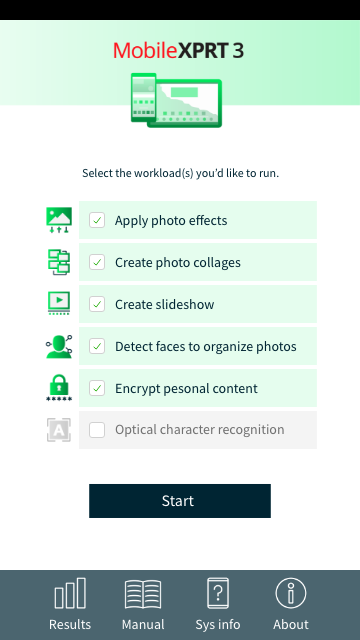What we now know as the BenchmarkXPRT Development Community started many years ago as the HDXPRT Development Community forum. At the time, the community was much smaller, and HDXPRT was our only benchmark. When a member wanted to run the benchmark, they submitted a request, and then received an installation DVD in the mail.
With hundreds of members, more than a half dozen active benchmarks, and the online availability of all our tools, the current community is a much different organization. Instead of the original forum, most of our interaction with members takes place through the blog, the monthly newsletter, direct email, and our social media accounts. Because of the way the community has changed, and because the original forum is no longer very active, we believe that the time and resources that we devote to maintaining the forum could be better spent on building and maintaining other community assets. To that end, we’ve decided to end support for the original BenchmarkXPRT forum.
As always, community members’ voices are an important consideration in what we do. If you have any questions or concerns about the decision to close down the original forum, please let us know as soon as possible.
On another note, we want to thank the community members who’ve participated in the HDXPRT 4 Community Preview. Testing has gone well, and we’re planning to release HDXPRT 4 to the public towards the end of next week!
Justin













